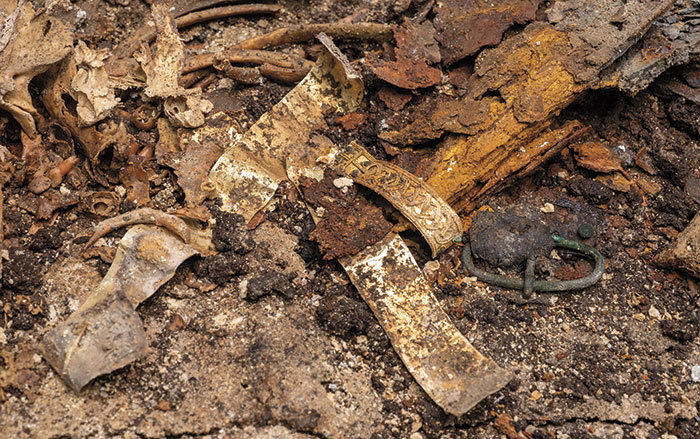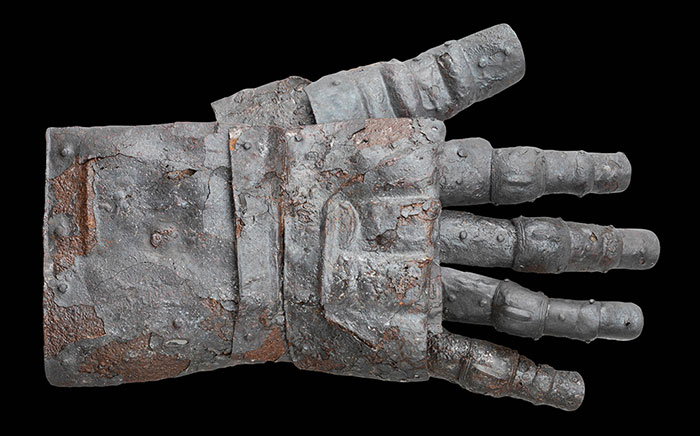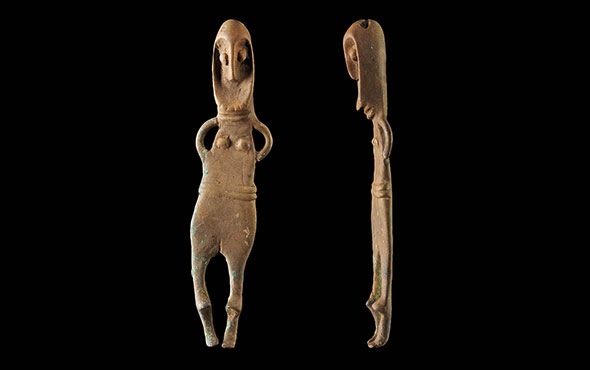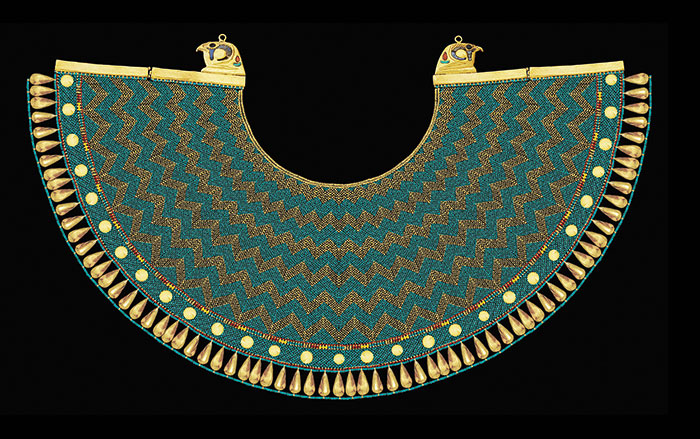
GOTHENBURG, SWEDEN—According to a statement released by the University of Gothenburg, the Skaftö, a shipwreck discovered near Sweden’s western coastline in 2003, was loaded with quicklime, copper, oak timbers, tar, bricks, and roof tiles when it sank around A.D. 1440. Analysis of these materials conducted by maritime archaeologist Staffan von Arbin and his colleagues suggests that the bricks, timber, and tar came from Poland; the copper came from mines in two areas in what is now Slovakia; and the quicklime originated on the Swedish island of Gotland. Medieval sources indicate that copper from the Carpathian Mountains was usually transported via rivers to Gdańsk, Poland, where the Skaftö probably took on cargo. It had not been known that quicklime was exported from Gotland in the fifteenth century, von Arbin added. Once the quicklime was on board, von Arbin and his colleagues think the ship was headed to Bruges, Belgium, when it sank, because much of the copper produced in Central Europe during this period was shipped there for distribution to various Mediterranean ports. Read the original scholarly article about this research in International Journal of Nautical Archaeology. To read about another fifteenth-century shipwreck, go to "Around the World: Sweden."











